Diploma 2018: "The Rest is Noise, enlightening Nygård through movement and sound" by Karla Jaeger
Tutors: André Fontes (APP), Eva Kun (DAV), Vibeke Jensen (DAV), Harald Røstvik (Sustainability), Anne Sofie H. Bjelland (TTA)
This project was awarded a distinction from the assessors for outstanding quality.
Nygårdsgaten is a street that goes to sleep a little bit later than many other streets in the city of Bergen. The subject and my entrance to this diploma project has from the very beginning been xenophobia and the fear of the unknown. This is all connected with the rather dreadful situation the world is facing today. Racism and extreme right-wing politics, never-ending wars, famine, increased differences between rich and poor and climate-related disasters are all factors that force people to flee from their home and seek refuge and a life elsewhere.
Since mid 2017 violence has forced approximately 60 million people from their homes, causing the largest displacement crisis since The Second World War. Today, out of an estimated 7.2 billion world population, less than 500 million people live in the most peaceful countries, compared to 2.3 billion people living in the least peaceful countries that are being torn apart by war.
We have to face the fact that we inhabit a world in constant flux and change. We need to acknowledge that people move, settle and make homes in new countries and cities, and that this is the situation of the world today.
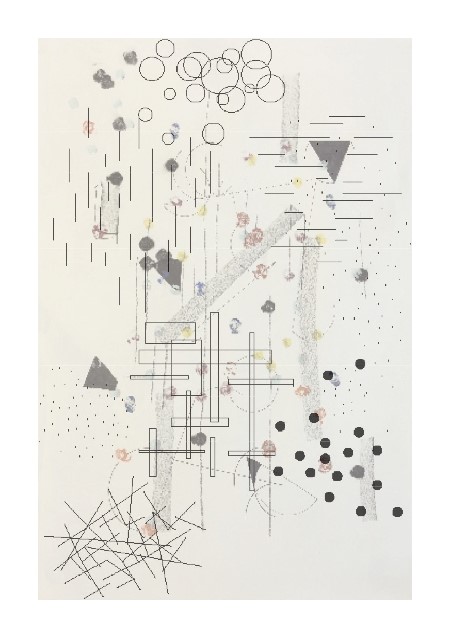
Bergen and Nygårdsgaten.
Al though I have grown up in Bergen, and feel I know the city fairly well, I would like to challenge myself by trying to understand and rediscover Bergen through the perspective of an immigrant.
My starting point was to investigate different neighbourhoods in the suburbs. By studying different housing complexes and typographies such as high-rise ats, estates, semi-detached housing and villa areas, and relating them to the social conditions of the different areas I discovered wide differences in the class structure and cultural identities of the Norwegian society.

Through meeting several 1st generation immigrants in Bergen, I learned a great deal about cultural differences in these areas
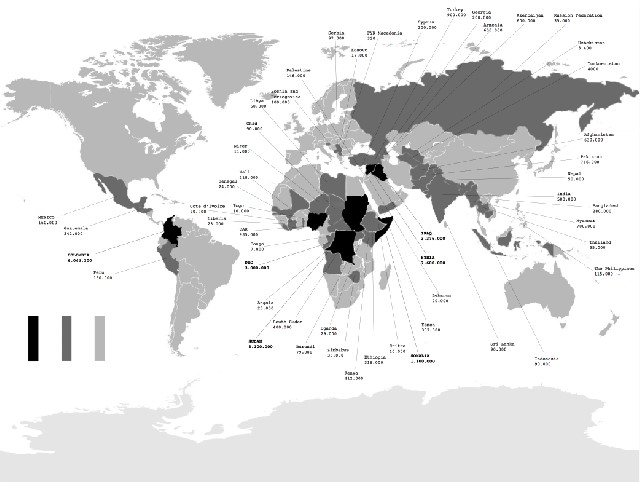
A map showing the war-situation of the world today. Where there are wars going on, and where and how many people are dispaces from their own countries.
Source: NRC Global Overview 2016 report.
Through recording sounds and gathering atmopheres from my site I came in contact with quite a few people who where wondering what I was doing. Talking about sound naturally moves on to talking about music.

How sound moves and act within spaces with different shapes.
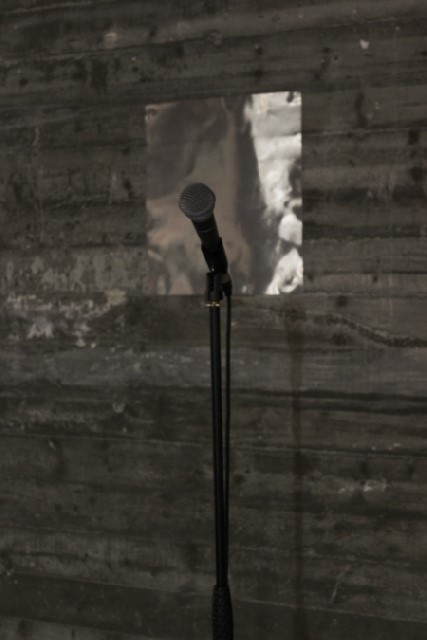
A concept model. How you can use acoustics from one space within another.
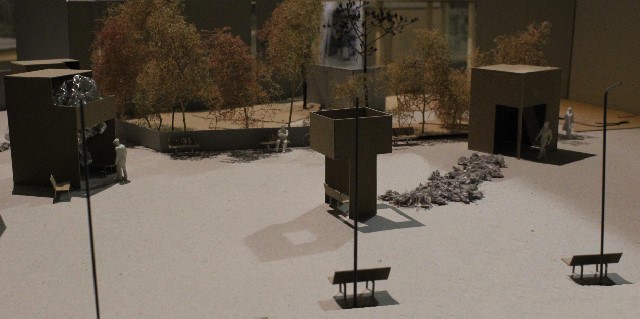
A strategy to activate Nygårdsgaten (the street) and make it more dynamic: By placing “small boxes for contemplation” throughout the street and also in the courtyards, I am adding a new dimension to the existing public space. These small elements are connected to each other visually as well as being connected to the small-scale context in which they are placed. The rhythm and placement is also effected by the context. These elements have speci c shapes that are contextualized and in addition to having sound-related acoustic qualities, they also have a friendly vibe to the cities inhabitants: a space you can escape the rain, a space you can read a book, a space you can take a break after shopping, a space you perhaps can discover a new space in a courtyard, small spaces for contemplation and for becoming aware of the cities auditory qualities. These boxes are open to everyone at all times, and are also a comment to the fact that the nearby Grieghall (a concert hall), although a public space, is not at all accessible for the public. The boxes also comment on the gentri cation taking place in the surrounding area, and the eventual losing touch with small scale situations.
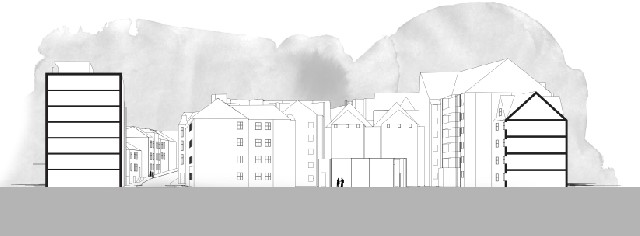
The Sound Studio: By building a sound studio in one of the courtyards and connecting the existing acoustic spaces (part 2) to the studio through wi microphones, the whole area can be used as a sound studio to recording sound and/or to make music. The shape of the sound studio is related to the small-scale boxes, only here it is physically closed the the public, but through a glass corridor consisting of several different shaped spaces with varied sizes and acoustic qualities, the activite within is visible through the glass, but the core of the building is closed.

Discovering Acoustic qualities: Exploring and investigating existing shapes within the courtyards: special shapes between, beneath and on top of existing buildings. Through drawing, taking photos, singing and playing the guitar within these spaces, the beautiful acoustic qualities were revealed.
